
It is no secret that adding fresh, live greenery adds color, interest, and texture to your space. Ongoing research suggests that indoor plants not only purify the air, but have calming effects on your mood, stress levels, and blood pressure. But what if you’re new to indoor plant buying? What if you have a history of killing any plant you bring home? Don’t worry! Pete’s is here with helpful tips to help you find exactly which indoor plants you need that will fit your lifestyle. Let’s get started!
Consider which room you will be wanting your plant. Once you decide that, the first question you should ask yourself is, what kind of light does that room get? Because the human eye is designed to adjust extremely well to different light levels, we are actually pretty poor judges of how well lit our rooms actually are. Our eyes adjust even as we simply turn our gaze. This is especially true indoors, where the differences in light levels are far less obvious. We will try to break down different light levels here to make the task of deciding which level your room has a little easier for you.
Low Light – Areas with low light intensity usually receive very little natural light. Many are lit by overhead lights only. They are often far from windows or found near a heavily shaded area.
Medium Light – Areas with more moderate light intensity are usually near windows but receive no direct sunlight. They are often found in unshaded, north facing windows or in shaded east or west facing windows.
High Light – Areas with higher light intensity are usually near windows and may receive some direct light. If there is direct light, however, it is softened by shade from window treatments or mottled by outdoor foliage. They are often found near unshaded east or west facing windows. It may also be found near shaded south facing windows.
Direct Sunlight – These areas are directly in front of windows with nothing between the plants and the sun but clear glass. Four or more hours of exposure to the sun’s rays is best for plants requiring “direct light.” This is usually found in unshaded south or southwest facing windows.
What plants can be grown in your home depends on several factors. Temperature, humidity, watering, and fertilization are all under a homeowner’s control. Light intensity, on the other hand, can be very difficult to adjust. The direction a window faces, the weather and landscape outside, the time of year; all these affect how much light reaches your houseplant. Most plants have a very narrow range of light intensities they can tolerate. For this reason, light levels should be the first thing you consider when choosing a houseplant.
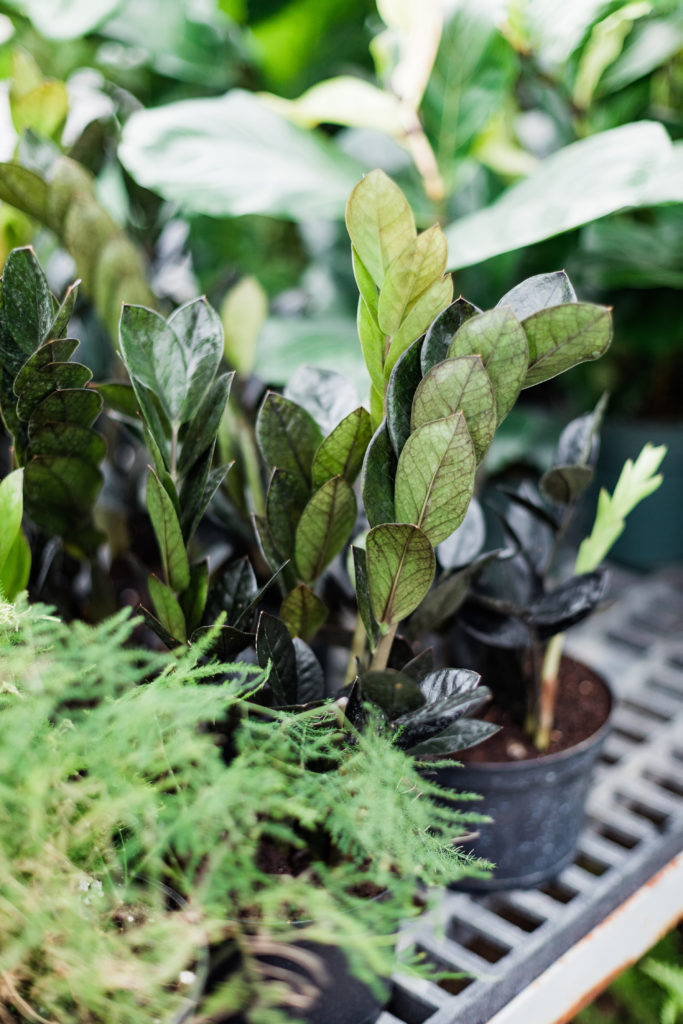
And now that you have more information on how to decide what kind of light your rooms get during the day, it’s time for the fun part: choosing your plants! If your room doesn’t get much light and you are the CEO of killing plants, then we would suggest a ZZ plant. With its wide, deep green leaves, the ZZ plant offers a number of favorable traits for offices and homes. It tolerates neglect, drought, and accepts low-light conditions without getting fussy. Its waxy, smooth leaves reflect sunlight and brighten rooms. ZZ usually grows slowly to a height and width of two to three feet which is nice if you’re wanting a low maintenance plant that won’t outgrow containers quickly. The downside of the ZZ plant is that they are toxic. You’ll want to keep them away from children or nibbling pets, and always wash your hands after handling them to avoid skin irritation. As far as feeding and watering, any well draining potting soil will do nicely as well as a once a month liquid houseplant fertilizer (20-20-20) when watering. ZZ only needs watering when completely dry, and can even tolerate it if you get busy and forget, which is why it is the gold standard for houseplant beginners!
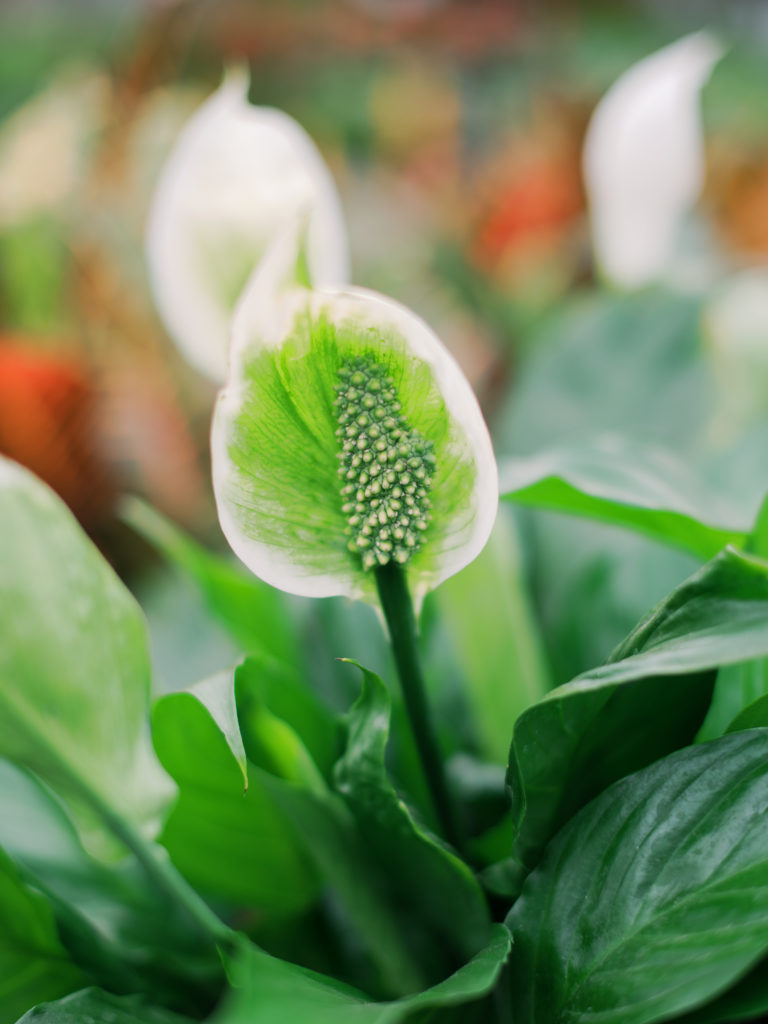
Now, if your room doesn’t get much light but you are adept at keeping your plants alive, then we would suggest grabbing a Peace Lily. Also known as Closet Plants, Peace Lilies are a very popular choice for houseplants because they are easy to care for. Most commonly, these plants have dark green leaves and white “flowers.” But what most people think of as the flower is actually a specialized leaf bract that grows hooded over the flowers. Like many popular indoor plants, peace lilies enjoy medium to low light. Which kind of light you need to provide will depend more on what you want your peace lily plant to look like. Peace lilies that are placed in more light tend to produce the lovely white spathes and flowers more, while peace lilies in low light will bloom less and will look more like a traditional foliage plant. One of the most common mistakes in the care of Peace Lilies is overwatering. Peace Lilies are far more likely to tolerate underwatering than overwatering, which is one of the most common reasons for them to die. Because of this, do not water Peace Lily plants on a schedule. Instead, check them once a week to see if they need to be watered. Just touch the top of the soil to see if it is dry and if so, give it a drink. If the soil is still damp, the plant does not need to be watered. You could even wait until your Peace Lily is starting to droop before watering. As these plants are very drought tolerant, this method does not harm the plant and will prevent overwatering. Peace Lilies do not need frequent fertilizing. Fertilizing with a balanced fertilizer one to two times per year will be enough to keep the plant happy.
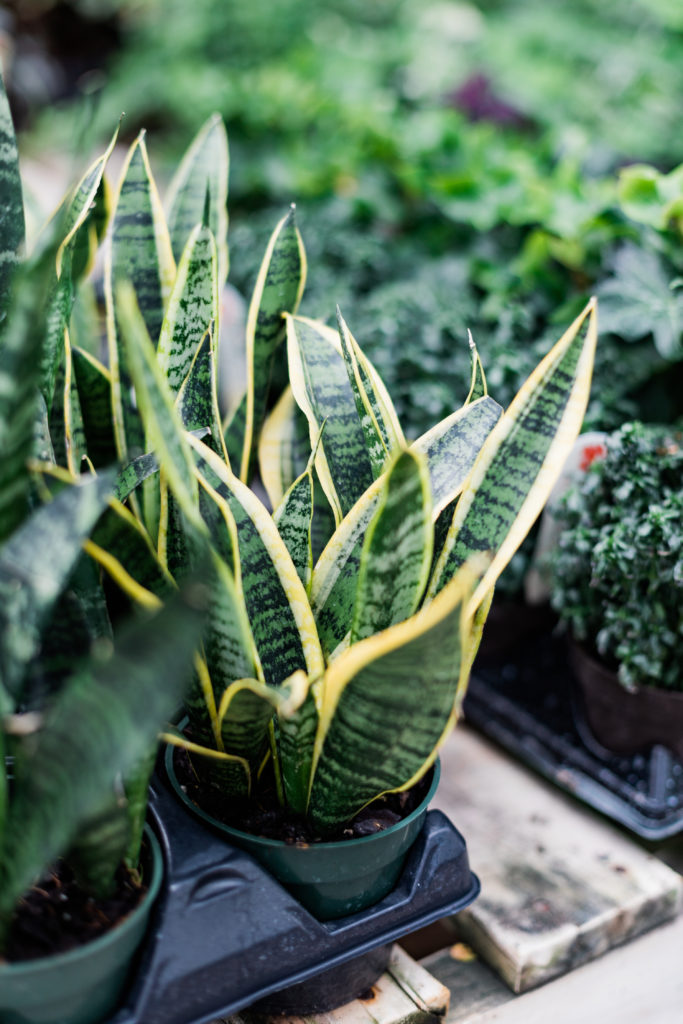
Let’s move on to rooms that have some light, but maybe it’s not the best. If that sounds like the room you’re thinking of, then the next question is whether or not you’re frequently out of town. Obviously this last year has been a bit of an anomaly so travel has been at a minimum. But if you’re a homebody and your room has some decent indirect light, then we would recommend a snake plant for you. These plants can be neglected for weeks at a time, but with their striking green leaves and architectural shape still manage to look bright and fresh. They don’t need a ton of water, especially in the winter. In fact, it can be good to let these plants try out a little bit between waterings.
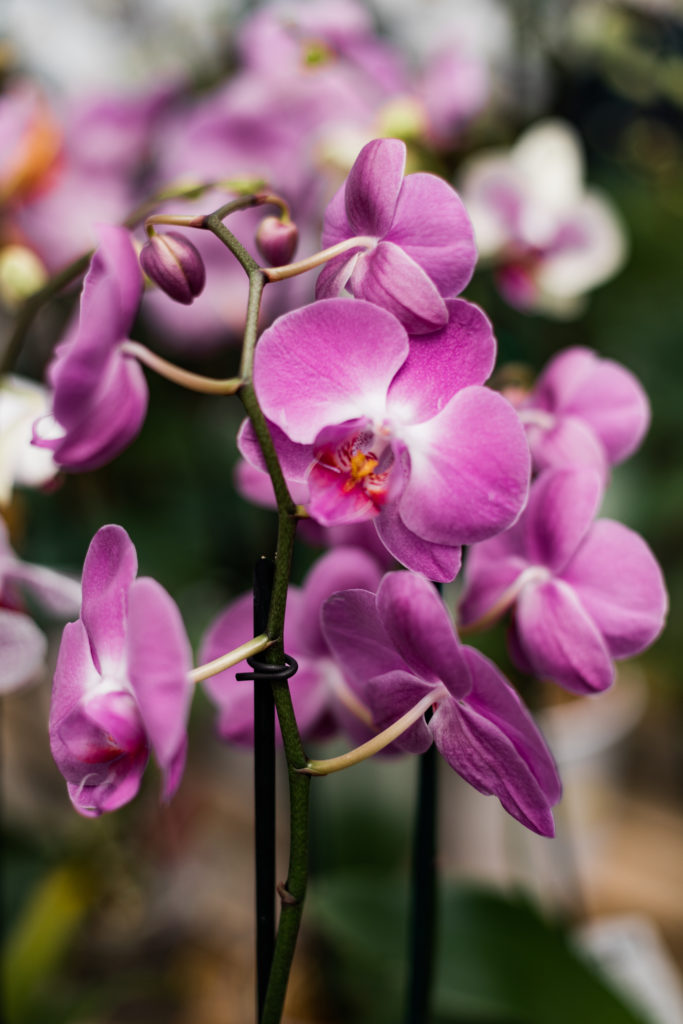
And what if you have a room with okay light, but you’re frequently out of town? The next question to ask yourself is whether or not the room is humid. If it is, then get yourself an orchid. Moist, well-draining conditions are ideal for most orchids. They can be planted using redwood or fir bark, sphagnum peat moss, rocks, cork, charcoal, sand, or potting soil. Do NOT use ice cubes to water your orchids! How you water your orchid depends on what it’s planted in. If it’s in sphagnum moss, give it a good drink of water to get the moss good and wet and don’t water it again until the moss is dry. If it’s in bark or charcoal you’ll want to water more. Give it a good soak, 10-15 minutes maybe twice a week, or once a week depending on the temperature of your house. Temperature is vital for indoor orchid care. Orchids can tolerate cooler or warmer temperatures throughout their normal growing season, but they need to be about 15 degrees cooler at night than during the day in order to bloom sufficiently. Adequate humidity is essential for indoor orchids as well, approximately 50-70 percent. There are several ways to increase the humidity in your home. Mist your orchids daily, use a humidifier, or place a water-filled saucer or tray of pebbles beneath the plants. You can fertilize them weekly or bi-weekly while they are producing new growth and then decrease to monthly or bi-monthly intervals once they mature. Discontinue fertilizing altogether once your orchid goes dormant. It is also recommended that you repot your orchid every other year, especially if they suddenly stop blooming but have suitable light, temperature, and humidity.
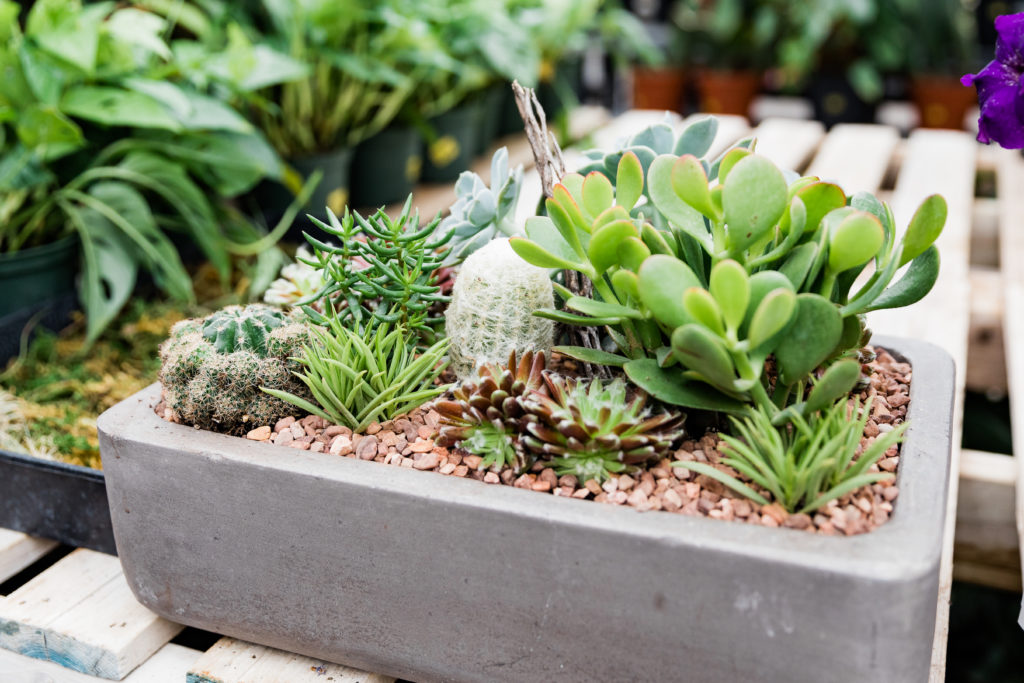
And if you’re frequently out of town but your room has no humidity, then we think you would enjoy a Jade plant. Caring for a Jade plant is very easy, and they are also considered to be symbols of good luck! Now unlike a snake plant, you never want to let a Jade plant dry out completely. But overwatering can also cause root rot. If the top of the soil feels dry to the touch, then it’s time to water your Jade plant. If you notice that your plant is losing leaves or has leaf spots, then it most likely hasn’t been watered enough. Fertilize your jade plant every 6 months with a balanced water soluble fertilizer, and never fertilize when the plant is dry, or you will cause damage to the roots.
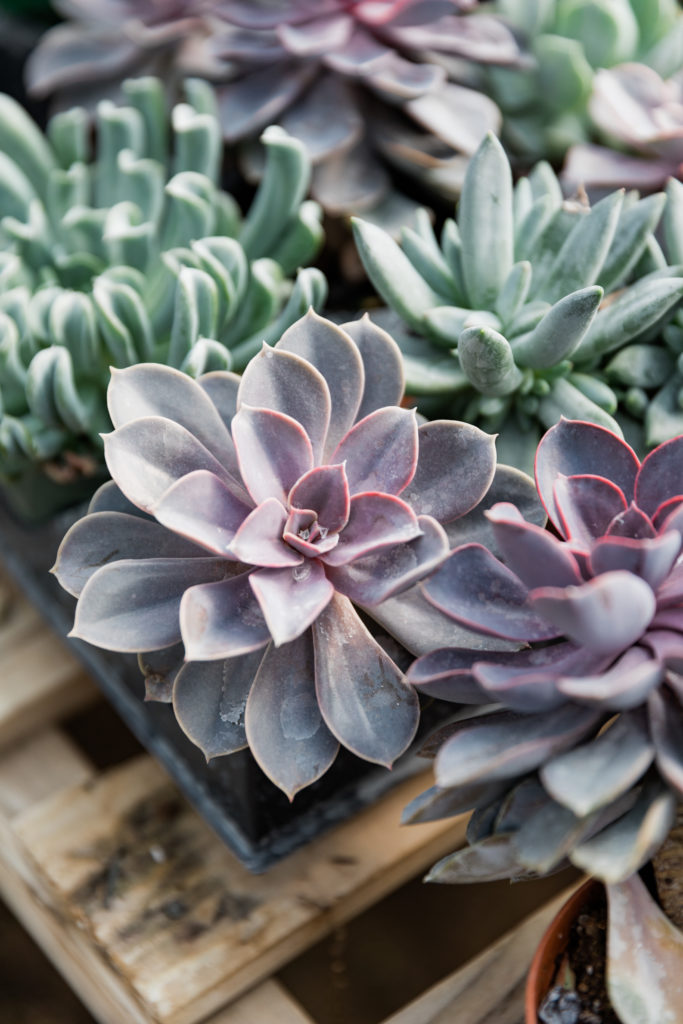
And if your space has lots of windows and good natural light, but you are not attentive to your plants, then a succulent is the right choice for you! Succulents are specialized plants that store water in their leaves and/or stems. They are remarkably adapted to harsh climates where water is scarce or comes sporadically. During the spring and summer months, it is recommended to water your succulents at least once a week. During fall and winter, you’ll want to keep your watering schedule to once a month. If you were to water more frequently than recommended, the plant would likely become waterlogged and begin to rot. A good rule for beginners is to let the plant’s soil become completely dry all the way through before watering again. On the other hand, if the leaves of the succulent start looking shriveled or wilted, this is a good sign that it’s not getting enough water. In this case, give the plant some water, but slowly. Do not panic and give the plant too much moisture, especially when they are planted in glass terrariums with no drainage holes.
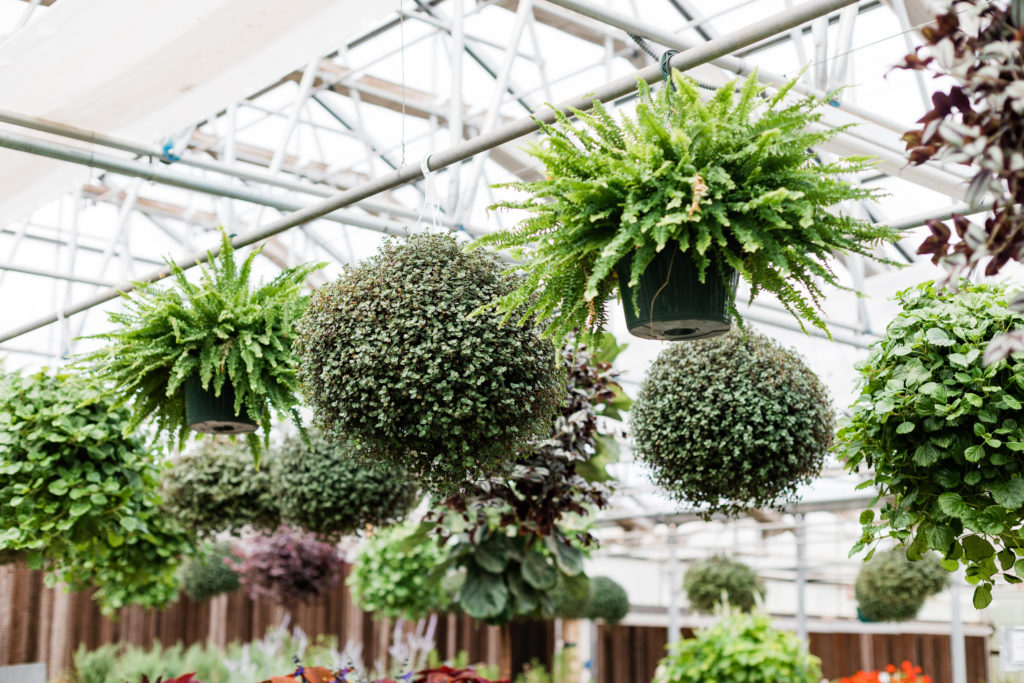
However, if your space has great natural light and you also have a green thumb, then you’d probably love a Boston Fern. This beautiful plant with a vintage vibe is not difficult to care for, but the care is specific. They require some extra humidity if they are kept indoors, especially in the winter. Most homes are fairly dry, but especially so when the heater is running. For extra humidity care, try setting your fern’s pot on a tray of pebbles filled with water. You can also try lightly misting it once or twice a week to help give it the humidity it needs. Another step in how to take care of a Boston fern is to make sure that the fern’s soil remains damp. Dry soil is one of the number one reasons that Boston ferns die. Check the soil daily and make sure to give it some water if the soil feels at all dry. Because Boston ferns tend to be planted in potting mixtures that are high in peat moss, it is a good idea to soak the pot of the Boston fern once a month or so to make sure the peat moss is fully hydrated. Be sure to let it drain thoroughly after this. Boston fern leaves will turn yellow if the humidity is not high enough. If your Boston fern’s fronds are turning yellow, make sure to increase the humidity around the plant. One of the lesser known care tips for a Boston fern is that they do not need much fertilizer. Fertilizer should only be given to the plant a few times a year.
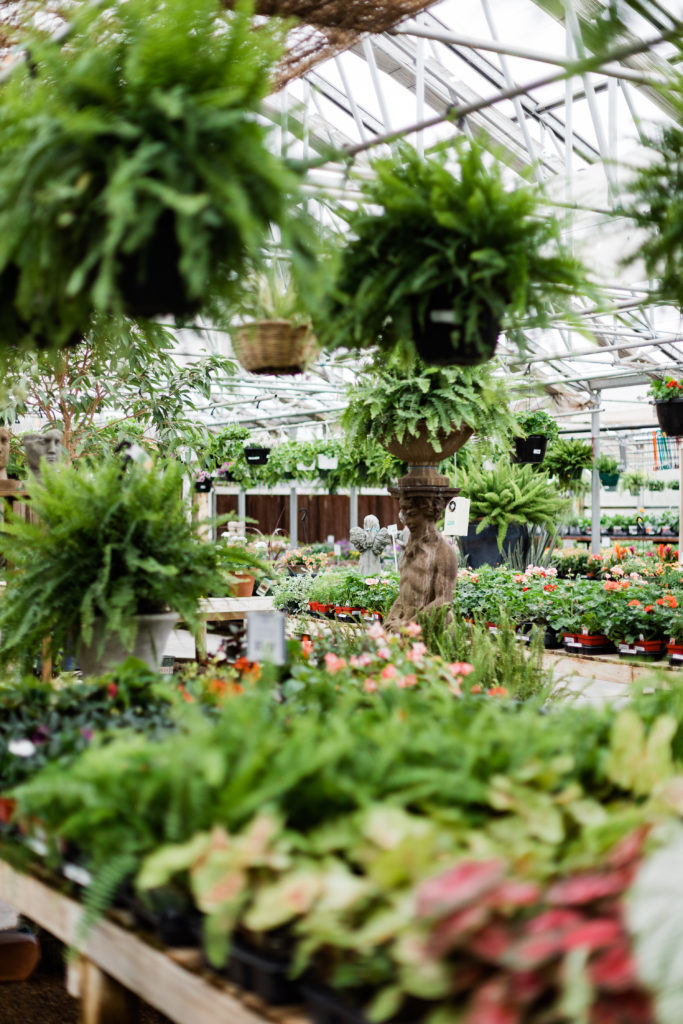
We hope this post was helpful to you as you decide which plants are right to liven up your space! As always, our gardening experts at Pete’s Greenhouse are always here to answer any other questions you may have or to help you find just the right plant to bring home. As spring gets closer and closer, we look forward to seeing you in the greenhouse!
Leave a Reply Cancel reply
workshop tickets
MON - SAT 9:30AM TO 5:30PM
Site Design by Hatched Studio
ABOUT PETE'S
GARDEN & GREENHOUSE
hOME & GIFTS
outdoor living
FIND US
7300 CANYON DRIVE
AMARILLO, TX 79119
806.352.1664
A Panhandle based gift shop and greenhouse. Passionately providing the feeling of home for 52 years.